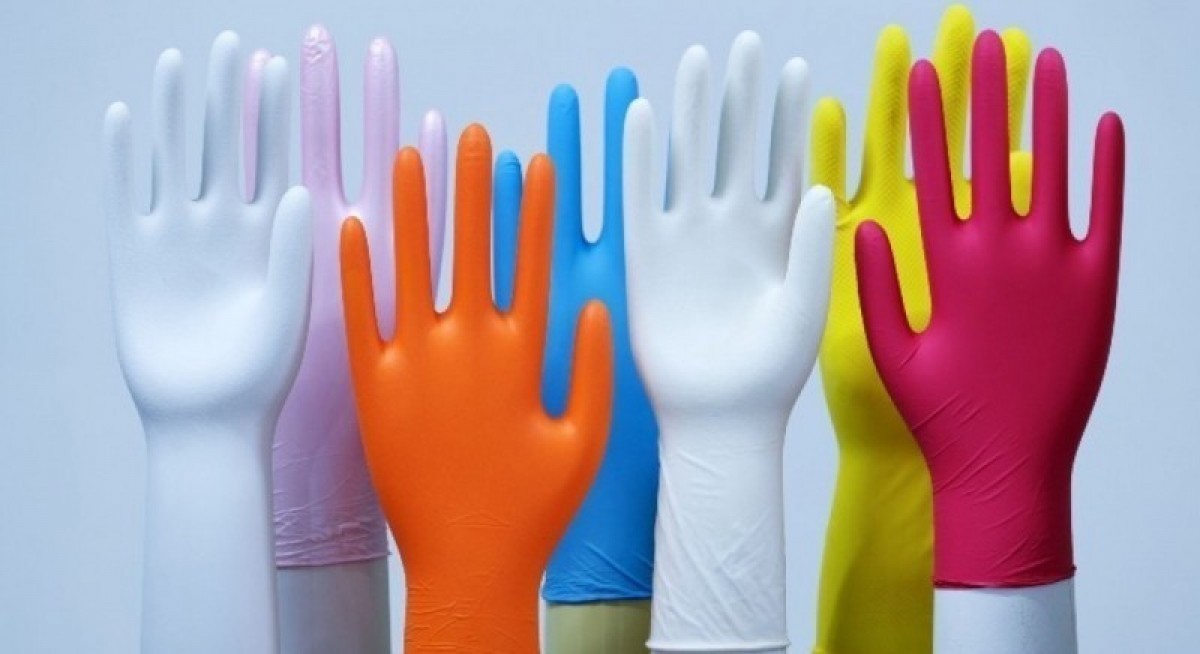He writes in his July 16 report: “We understand that cost pass-through is now more challenging than during the pre-Covid-19 period, as glovemakers are only able to pass on 50% of any cost increase to customers versus a full cost pass-through previously.”
With this, the analyst expects glovemakers’ profitability to remain under pressure in the near future.
He writes: “We also expect the commissioning of new plants in Indonesia and Vietnam to pose a threat to Malaysia’s rubber product sales to the US by as early as November.”
According to the Department of Statistics Malaysia, the country’s glove exports saw m-o-m declines of 22% and 6% respectively in April and May.
See also: SAC Capital initiates coverage on Reclaims Global with ‘buy’ call and target price of 49.7 cents
Oong notes that this suggests “sluggish” customer restocking activities due to the rubber industry’s longer-than-expected gestation period following front-loading in the 4Q2024.
Continued weakness of the US dollar against the Malaysian ringgit has also further eroded glovemakers’ profitability, with the US dollar depreciating by 3% q-o-q and 5.4% year to date as of June.
Additionally, with Malaysia’s mandatory Employee Provident Fund (EPF) contribution of 2% of monthly wages from employers and foreign employees each set to begin in October, Oong expects production costs for glovemakers in the country to grow by 0.8% to 1%.
See also: JP Morgan increases DBS’s TP to $70; upgrades OCBC and SGX to ‘overweight’ and UOB to ‘neutral’
On top of this, he adds that the expanded Sales and Service Tax (SST) of 5% applicable to imported natural rubber latex and nitrile butadiene rubber (NBR) latex “is expected” to raise production costs by between 25 US cents (32 cents) to 30 US cents, or a 1.3% to 1.5% increase.
Oong writes: “This confluence of factors come at a time when the industry is already grappling with intense competition and limited ability to pass through rising costs to customers.”
Overall, while the sector’s valuation looks attractive, hovering at 0.9 times price-to-book ratio (P/B), at 1.2 standard deviation (s.d.) below its historical average of 1.2 times, given the lack of near-term re-rating catalysts, the analyst does not recommend investors to accumulate at this level.
He writes: “As the risk of earnings disappointment in the upcoming August reporting period is high, we think the share price could undergo another round of corrections.”
The last time the sector was traded at “such levels” was during the 1Q2023, notes Oong, where the industry’s profit “hit a trough level” during a “period of consolidation”.
Key risks noted by him include a deteriorating US-China relationship, an increase in glove average selling prices (ASPs), faster-than-expected capacity expansion and lower-than-expected raw material prices.
Within the sector, Riverstone Holdings remains Oong’s only pick. The RHB analyst has a “buy” call and target price of 95 cents on the stock.
For more stories about where money flows, click here for Capital Section
He likes the company’s differentiated exposure within the healthcare specialty gloves industry, which commands better profits as compared to generic gloves; as well as the recovery of global semiconductor sales, which should drive earnings growth for its cleanroom segment.
These factors help Riverstone to be “well-positioned” to counter the mentioned industry headwinds.
As at 3.22pm, shares in Riverstone are trading flat at 68 cents.




